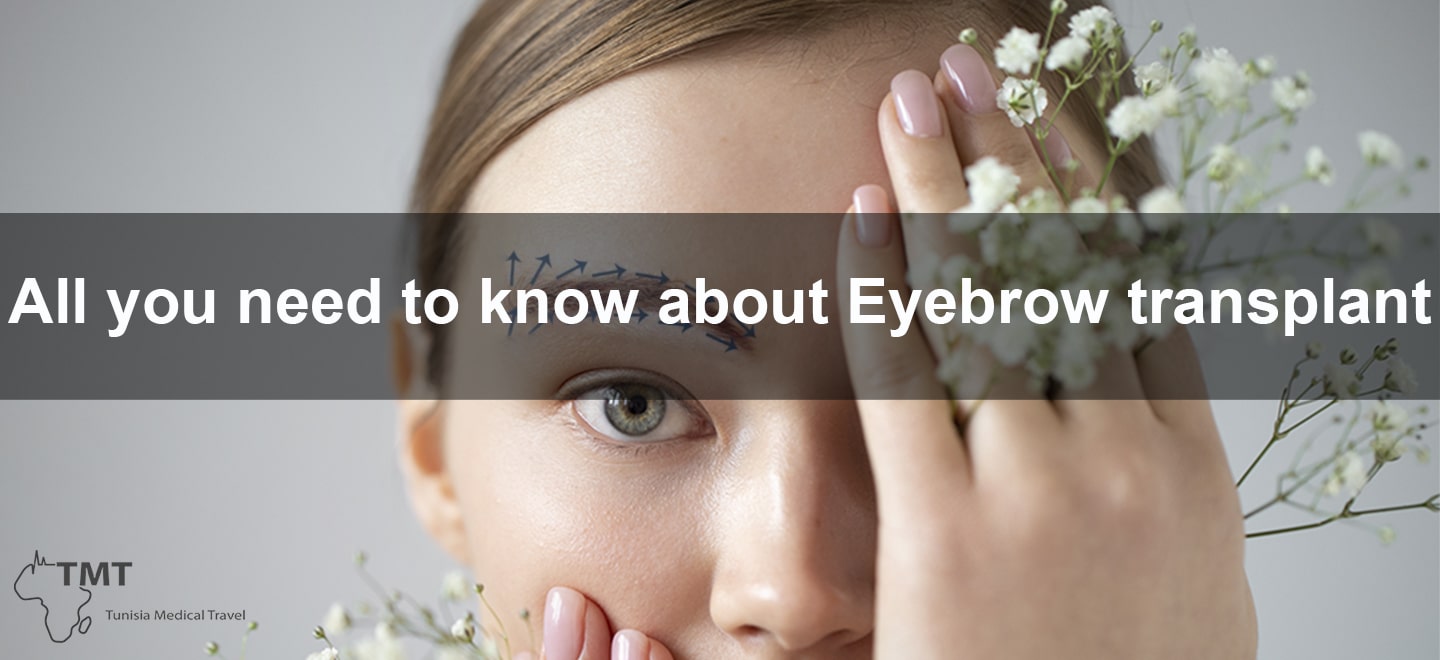All you need to know about Eyebrow transplant
All you need to know about Eyebrow transplant
Eyebrow transplant: when and why?
An eyebrow transplant is typically considered when a person has sparse or thin eyebrows due to genetics, medical conditions, or over-plucking, and they want to create a fuller, more natural-looking eyebrow. Some reasons why people may choose to have an eyebrow transplant include:
- Genetics: Some people may have naturally thin or sparse eyebrows due to genetics, and they may want to create a fuller, more natural-looking eyebrow.
- Medical conditions: Certain medical conditions such as alopecia or trichotillomania can cause hair loss, including loss of eyebrow hair.
- Over-plucking: Over-plucking, waxing or threading of the eyebrows can cause permanent damage to the hair follicles, leading to thin or sparse eyebrows.
- Previous eyebrow surgery: Some people may have had a previous eyebrow surgery, such as a facelift, that resulted in hair loss in the eyebrow area.
- Symmetry: Some people may want to achieve a more symmetrical appearance by having the same amount of hair in both eyebrows.
- Cosmetics: Some people may want to have a fuller and thicker eyebrows for cosmetics reasons.
It’s important to consult with a hair transplant specialist who has experience in performing eyebrow
transplants to determine if you’re a good candidate for the procedure and to have realistic expectations about the potential results.
How to choose the shape of the eyebrows?
Choosing the shape of the eyebrows can be a personal decision, and it’s important to consider factors such as your face shape, natural hair growth, and personal preferences. Here are some tips on how to choose the shape of your eyebrows:
- Face shape: The shape of your eyebrows should be in balance with the shape of your face. For example, if you have a round face, a straighter, more angular brow shape will help to create a more elongated appearance. If you have a square face, a softer, curved brow shape will help to soften the angles of the face.
- Natural hair growth: The shape of your eyebrows should be determined by your natural hair growth. It’s important to work with what you have and not try to force a shape that doesn’t suit your natural hair growth pattern.
- Symmetry: The shape of your eyebrows should be symmetrical. The arch of the eyebrows should be at the same point on both brows, and the tail should be at the same point on both brows.
- Personal preferences: Ultimately, the shape of your eyebrows should reflect your personal preferences. It’s important to choose a shape that makes you feel confident and comfortable.
- Professional help: it’s always recommended to consult a professional for any procedure, especially for brows. A professional esthetician or a brow specialist can help you determine the best shape for your face, and guide you through the process.
It’s important to keep in mind that the shape of your eyebrows can be adjusted over time, and that it’s not a permanent decision. It’s always good to try different shapes, and see what you like and what works best for you.
Precautions and side effects of eyebrow transplant
Eyebrow transplants are a cosmetic procedure that involves transplanting hair follicles from one part of the body to the eyebrows to improve their appearance. Some precautions and potential side effects include:
- Pain, swelling, and redness at the transplant site
- Bruising and bleeding
- Scarring
- Infection
- Numbness or tingling in the treatment area
- Loss of transplanted hair
- Uneven or unnatural-looking eyebrows
It’s important to discuss any concerns and potential risks with a qualified surgeon before undergoing the procedure. It’s also important to have realistic expectations and to understand that the results may not be exactly what you desire.
Can I do an eyebrow transplant and a hair transplant at the same time?
Yes, it is possible to have both an eyebrow transplant and a hair transplant done at the same time.
First, both procedures use the same hair transplantation technique and therefore, will use the same donor area for the hair follicles. This means that the amount of hair available for transplantation will be limited and the surgeon will have to carefully plan how to distribute the hair between the two areas.
Second, having two procedures at the same time will increase the overall recovery time, and the healing process may take longer than if each procedure were done separately.
It is important to consult with a qualified surgeon to determine if having both procedures at the same time is appropriate for you and to discuss the potential risks and benefits of such combination.
It is also important to note that combining surgical procedures will require a longer recovery time, and that you should be prepared for a longer downtime.

